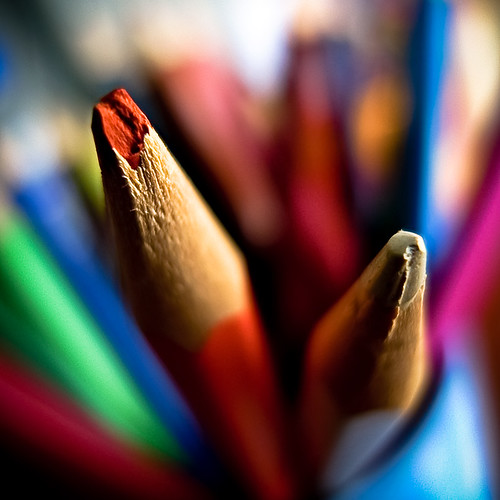- Size of the opening on the lense when a picture is taken
- Aperture impacts the size of the hole
Large the Hole - The more light that gets in
Smaller the Hole - The less light gets in
- hit the shutter
- hole opens
- allows light in
- capture the scene
Aperture = "an opening"
created by an adjustable iris opening and closing
- Iris is made of thin metal blades and move together to make a circular opening of a variable size
- Most DSLR , Iris is actually in the lense itself
Aperture is measured in f stops ( referred to as f number e.g. f/2.8, f/4, f/5 etc)
moving from one f stop to another to the next doubles or halves the size of the amount of the opening of the lenses
Large apertures (lots of lights gets through ARE GIVEN F/STOP smaller numbers and smaller apertures (where little light gets through) are given bigger numbers
Depth Of Field (DOF) is the amount of your shot will be in focus
- Large DOF means that most of your image will be in focus whether your camera is close or far away
- Small DOF means that only part of the image will be in focus and the rest will be blurry.
The larger the aperture the smaller the depth of field and Vice versa.
large aperture will decrease the depth of field whereas
small aperture will increase the larger depth of field
Small numbers mean small DOF - Large Numbers mean Large DOF
Landscapes require small aperture setting (large numbers)
Portraits require large aperture setting (small number)
 Macro photographers tend to be bigger users of aperture to ensure that the element of their subject that they are focusing in on totally captures the attention of the viewer of their images while the rest of image is completely thrown out of focus
Macro photographers tend to be bigger users of aperture to ensure that the element of their subject that they are focusing in on totally captures the attention of the viewer of their images while the rest of image is completely thrown out of focusLarge Apetures
- F2.8 to F5.6 produce a shallow depth of field
- the area of sharp focus would be small
- this can be useful when you want to isolate the subject of your picture while throwing the background and other elements out of focus
- useful applications of wide apertures include portraits and wildlife closeups.

Small apertures - F16 - F32
- increase the depth of filed which means more elements of a picture from foreground to background become sharply focused.
This can create a distinct sense of depth to a photograph, drawing viewer into the picture.

No comments:
Post a Comment